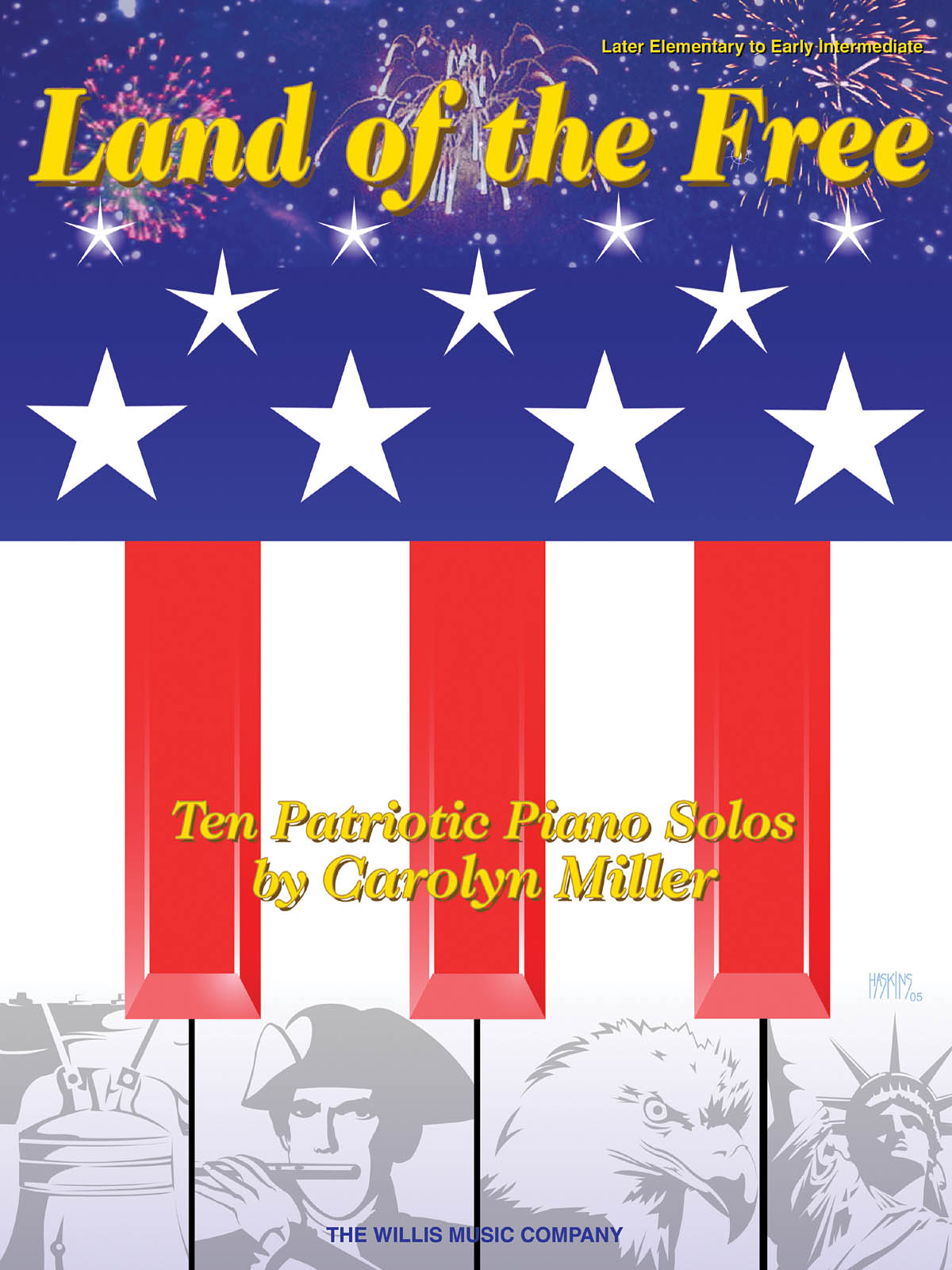Land of the Free: Piano: Instrumental AlbumThis item is not available anymore from Musicroom Material : Partition Instrumentation :Piano soloPublisher : Willis MusicLevel :  Sellers, prices & stock Later Elementary to Early Intermediate Level-Ten rousing patriotic Piano solos for the early-intermediate student providing an inspiring source of repertoire. Seller information : Musicroom Geographic location : Londres, Angleterre Delivery : World wide shipping |







